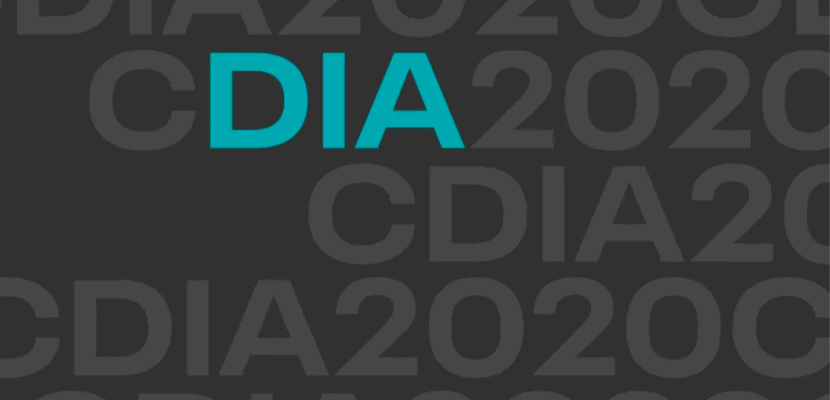There’s no doubt that cloud has become ubiquitous, and thank goodness for that in 2020. We wouldn’t have survived the challenges of this year without cloud. It’s supported everything, from the sudden changes in the way we work to the way we access healthcare and even shop for vital goods. While cloud is the vehicle, it’s what sits on it that makes it so valuable — data. Regardless of where it is stored, whether it’s data-at-rest or data-in-motion, it’s how it’s linked together that enables business leaders to derive intelligence from data. Empowering them to make the most advantageous decisions, in real-time. The sheer volume of data we can access today, however, makes managing its journey from the edge all the way to the cloud, complex, but also capable of delivering immense rewards if done right. And that is what makes the Connect the Data Lifecycle category at the Data Impact Awards so interesting.
Last year’s winner Manulife Financial Corporation, a leading international financial services group that helps people make their decisions easier and lives better, embodies what it means to get the data lifecycle right. The company embarked on bringing to life their vision to be both customer-centric and a digital leader in their industry. With customer-centricity in mind, Manulife set out to find ways of gathering scattered and locked up customer data and bringing it together to provide real-time data insights to the business users. They wanted a holistic view of their customers, in order to provide better services. To do this Manulife’s in-house data team built an Enterprise Data Lake (EDL) — a robust, enterprise-wide, data backend supporting digital connection, report automation, and AI & advanced analytics development. This means that all the customer interaction data is ingested in one place and updated daily from where it is, then accessed by Manulife customer service teams in its world-class Customer Contacts Insights Center (CCIC). The CCIC gives business users end-to-end, easily searchable customer journey insights. As a result, the CCIC has replaced thousands of stand-alone queries and significantly shortened the time gap between data and action. It has improved customer data insights, ultimately resulting in a better customer experience — thereby enabling Manulife to fulfill its vision.
Finalist PT Telkom Indonesia (Persero) Tbk, one of the oldest and largest telecommunications companies in Indonesia, in partnership with Pertamina, the second-largest producer of crude oil in Indonesia, also has an incredible story to tell, as it relates to the power of getting the data lifecycle journey right. Together these two state-owned companies collaborated to implement and leverage the full potential of technologies through the digitalization of more than 5,000 gas stations across the country, with the aim to collect and monitor real-time data on fuel usage based on customer transactions. They did this by implementing one of the biggest deployments of MiNiFi (our edge agents), and Internet of Things (IoT) sensors, in Asia, all of which collect real-time data. By doing this, it has become much easier for Indonesia’s Downstream Oil and Gas Regulatory Body (BPH Migas) to monitor and collect data on all volumes of fuels distributed in fuel stations. This also enables BPH Migas to better plan the volume and type of petrol to send to each gas station, which means it can ensure that even the smallest fuel station’s customers are served based on their demands.
The two examples above are the perfect embodiment of why the connected data lifecycle matters. They prove that by having the right infrastructure in place and combining it with cloud and the right analytics solutions, you can take advantage of the real-time insights derived from data, and harness it to deliver awesome customer experiences with technology. While a traditional data lifecycle can ingest, process, store and analyze data-at-rest for operational insights, a connected data lifecycle takes into account the holistic view of the entire data journey from edge to cloud across data-in-motion and data-at-rest. Real-time data analytics, whether it be edge analytics, streaming analytics, operational analytics, and/or machine learning analytics, can deliver powerful results that can change the fortunes of businesses. 2020, with all its rapid change and uncertainty, has undoubtedly proven that companies have to be more conscious about how they are able to gather/ ingest or collect data from all kinds of different endpoints, in order to make the right decisions.
What we’re looking for from this year’s entrants, and future ones is how they’ve enabled their companies to create solutions beyond the traditional data lifecycle. We want to see how they have been able to understand the value of data and the immediacy of its insights. We want to see how they have harnessed, through technology, the value of the data and have been able to proactively predict what their business should and should not be doing at any given moment in time.
At the end of the day, 2020 could be the year where the connected data lifecycle can make digital transformation a reality for many companies. We can’t wait to read your entries and showcase how Cloudera customers are deriving true value from real-time data. Good luck!
For more on past winners and finalists, visit the archive site. And keep an eye on this year’s awards at www.cloudera.com/DIA. We hope to see your entry next year!



